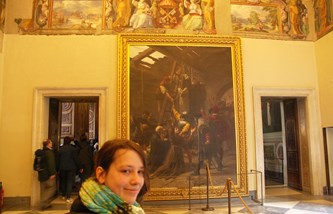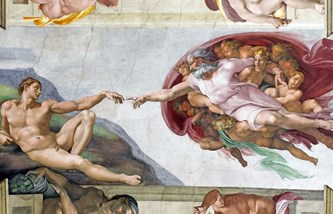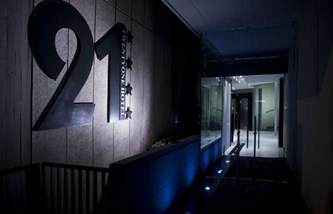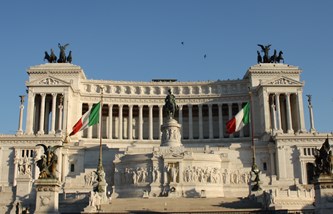Tours

Rome Tourist Card
Rome Tourist Card
Snap up the Rome Tourist Card and you'll get everything you need to explore Rome's top highlights including Colosseum, Palatine Hill, Roman Forum and Hop on/off bus. You can even choose the order you see things in.

Colosseum, Roman Forum & Palatine Hill: Priority Entrance
Colosseum, Roman Forum & Palatine Hill: Priority Entrance
Skip the long lines at the Colosseum with this priority-entrance ticket. This ticket will let you bypass the crowds. And after exploring the Colosseum you can head to the area of the Roman Forum and the Palatine Hill.
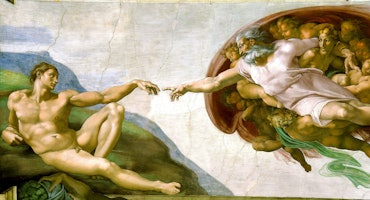
Vatican Museums & Sistine Chapel: Skip The Line
Vatican Museums & Sistine Chapel: Skip The Line
This ticket will make you save stress and time by allowing you to get priority entrance and skip the line. Visit the the countless masterpieces by Michelangelo, Raphael, Caravaggio, Tiziano and the Sistine chapel.
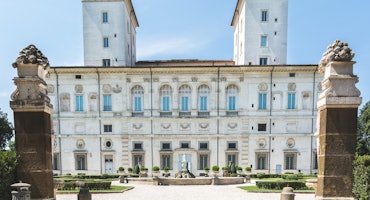
Borghese Gallery: Fast Track
Borghese Gallery: Fast Track
Galleria Borghese is located in the villa of the park Villa Borghese. Admire the architecture and furnishings of this beautiful villa. It is a museum full of art from the Renaissance. The collection includes several sculptures and paintings. Because of limited capacity get tickets for this museum weeks in advance.
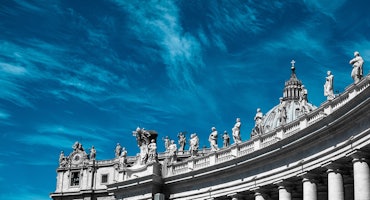
St. Peter’s Basilica: Dome Climb with Guide
St. Peter’s Basilica: Dome Climb with Guide
Get the most out of your visit to St. Peters with a guided tour to climb the basilica’s dome designed by Michelangelo and admire one of the stunning view. After the tour, you can explore the the basilica at your own pace.
The Vatican Museums & Tickets
A visit to the Vatican Museums is an unforgettable experience. Not only is it one of the largest collection of art masterpieces in the entire world, but the palaces and halls are a stunning legacy of the splendor of the Renaissance. Almost every great name in Italian art history is represented here. A paradise for every art lover, it’s guaranteed to be a real (and mesmerizing) joy for every visitor. From the floors to the ceilings, from ancient Egyptian art to the divine beauty of the Sistine Chapel, get ready to be amazed.
Tickets Info
Tickets to the Vatican Museums can be normally bought at the entrance. But be aware: there is a long queue, usually around two hours, sometimes more. In any case, because of the COVID pandemic and until further notice, it is now necessary to buy the tickets in advance.
And, anyway, even when things return to normal, if you don’t want to waste 2 hours of your holiday in the sun with very little shade, it’s a good idea to buy these tickets upfront.
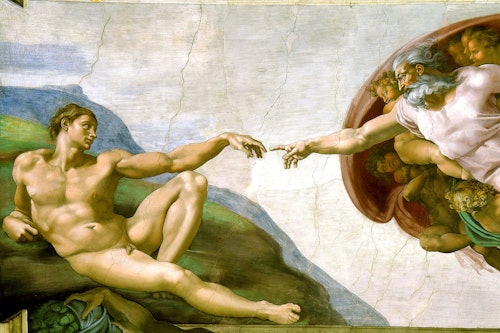
Vatican Museums & Sistine Chapel: Skip The Line
Vatican Museums & Sistine Chapel: Skip The Line
This ticket will make you save stress and time by allowing you to get priority entrance and skip the line. Visit the the countless masterpieces by Michelangelo, Raphael, Caravaggio, Tiziano and the Sistine chapel.
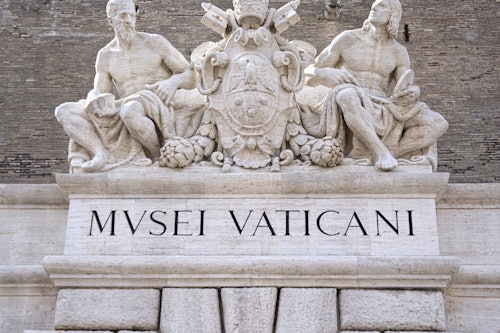
Vatican Museums: Skip The Line + Guided Tour
Vatican Museums: Skip The Line + Guided Tour
Explore the Vatican Museums with an expert guide with this 2-hour comprehensive tour. Skip the line and secure your priority entrance without having to wait in the queue. See all the galleries, including the Pio Clementino Museum, the Gallery of the Geographical Maps, Raphael’s Rooms and the Sistine Chapel decorated with Michelangelo’s world-famous frescoes. The ticket includes a headset so you can always hear the guide’s commentaries.

Vatican Gardens, Vatican Museums & Sistine Chapel
Vatican Gardens, Vatican Museums & Sistine Chapel
Skip the line in front of the Vatican Museums and visit its art collection with a guided tour. You’ll visit Michelangelo’s Sistine Chapel, all rooms and galleries currently accessible to the public. Admire the masterpieces of artists such as Giotto, Leonardo Da Vinci, Raffaello and Caravaggio. You also have the chance to take a stroll in the exclusive Vatican Gardens, a special retreat for the Pope himself. This official tour is operated by the Vatican.
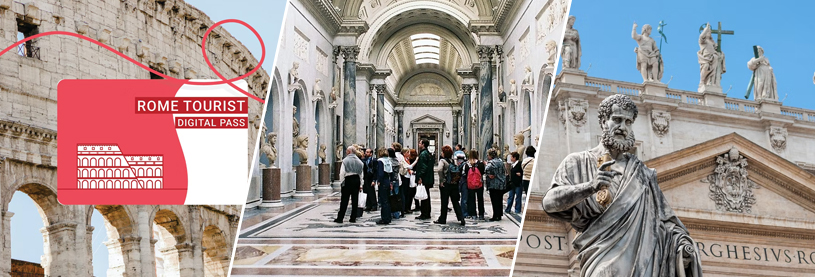
Rome tourist card
Rome wasn't built in a day, but you can see the best bits of it in one! Snap up the Rome Tourist Card and you'll get everything you need to explore Rome's top highlights. You can even choose the order you see things in, making it perfect for planning your own custom adventure.
Save money
100% digital
Hand-picked combinations
The Collections
The museums are a complex of several pontifical museums and galleries, located in the Apostolic Palaces, which also include the Papal apartments open to the public. Beginning from the Stanze della Segnatura, a series of halls decorated by Raffaello Sanzio, near the entrance, up to the world-famous Michelangelo’s Sistine Chapel, art is simply everywhere.
The Vatican Museums feature large collections of sculptures, artworks, and artifacts from the ancient world to the present day. There is a total of 26 between museums, galleries, chapels and rooms (or "sale").
There are about 20,000 artworks on display (and 70,000 not currently accessible). Among the main collections we find:
The Vatican Picture Gallery – Featuring paintings from the XI to the XIX century, with a strong focus on the Renaissance. Among the featured artists, you will be able to admire the works of Giotto, Pinturicchio, Leonardo Da Vinci, Caravaggio, Tiziano and Raffaello Sanzio.
The Gregorian Egyptian Museum – Founded by Pope Gregorio XVI in 1839, this section features hundreds of monuments, statues and artifacts from ancient Egypt, Mesopotamia and Assyria. Some of the findings, such as statues, mummies and jewels, date back to the 21st century BC.
The Pio-Clementino Museum – Mainly devoted to ancient Greek and Roman art, it spreads across 14 exhibition halls. It includes the famous Lacoon group and the Apollo of the Belvedere.
The Gregorian Etruscan Museum – With artifacts such as terracotta vases and bronzes.
The Pio-Christian Museum – Those spaces host statues and sarcophagi belonging to the early Christian tradition, including the statue of the Good Shepherd dated III century and, to date, the oldest statue depicting Christ.

The Chiaramonti Museum – Designed by Antonio Canova, it was inspired by the idea of creating a unique place to exhibit the three “sister arts”: painting, sculpture and architecture. Here, among tens of marble statues, mostly belonging to the era of the Roman Empire, you’ll also admire a colonnade designed by Bramante and the largest collection in the world of gravestones.
The Ethnological Museum – Features findings and artifacts coming from the four corners of the world, and testifying the missions of the Pope around the globe. It’s a celebration of people and their culture.
The Raphel Rooms – At the second floor of the Apostolic Palace, the private apartment of pope Giulio II is richly decorated with frescoes by Raffaello Sanzio.
The Chapels – Some popes decided to have their private chapel built within the Apostolic Palaces, as part of their private apartments. The most famous one is without any doubt the Sistine Chapel. Built by Pope Sisto IV and richly decorated since the beginning, it ascended to world fame when Giulio II asked Michelangelo to paint the dome ceiling and the wall beneath. The result is probably the most impactful expression of Renaissance art that you will ever see. At the entrance to the chapel, it is requested that silence is observed. Once you walk in, this indication, which is related to the sacredness of the place, will be extremely easy to follow, because I promise you, you will be speechless. The Genesis (with the Creation of Adam) and the overwhelming majesty of the Last Judgment are simply unforgettable.
The other chapels are probably less famous, but still worth seeing. The one called Niccoline Chapel features paintings by Beato Angelico, and a rich decorations created using the gold coming from America.
The Raphael Rooms – At the second floor of the Apostolic Palace, the private apartment of pope Giulio II features frescoes by Raffaello Sanzio.
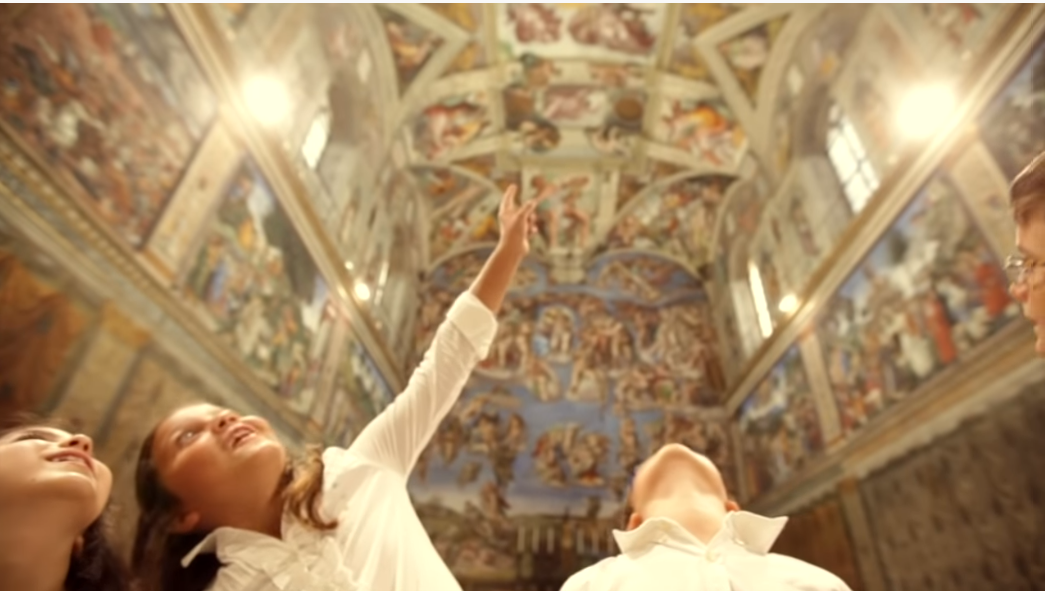
The Vatican Gardens
Adjacent to the museums, you can visit the gardens of the Vatican. Originally created in 1279, they have always been a place used by the popes to rest and meditate. The design of the gardens was totally renovated during the Renaissance. The statues, fountains and small temples spread all around the 23 hectares of this quiet place, are a project of architects such as Donato Bramante and Pirro Ligorio.
Historical Background
The Museum has recently celebrated his 500th anniversary. Since its opening, it has been funded and constantly enriched by the popes and their families. The founder is Julius II, who started gathering works of art and who was Michelangelo’s patron. Pope Alexander VII commissioned the Scala Regia (royal staircase) to Gian Lorenzo Bernini during the XVII century. The staircase connects St. Peter’s with the Raffaello’s Rooms and the Sistine Chapel.
Popes Clement XIV (1769-1774) and Pius VI (1775-1799) established and set up the first curatorial section in the museum. In fact, the Pio-Clementine Museum was named after them. Later on, then Pope Pius VII (1800-1823) added an assortment of classical antiquities. He included the Chiaramonti Museum and the Braccio Nuovo gallery. He also enhanced the Epigraphic Collection, which was kept intact in the Lapidary Gallery.
The museum was originally only accessible to a selected audience, mainly academics, artists and aristocrats. The collections were finally opened to the general public by will of Clement XIV, in 1771.
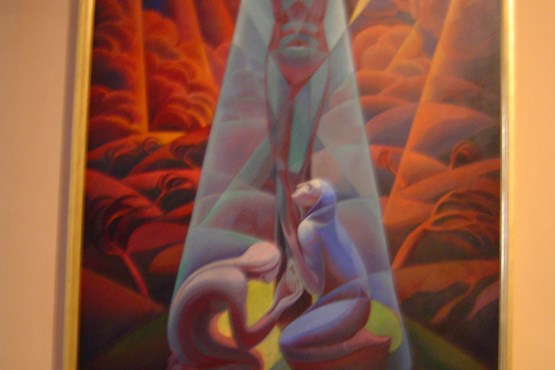
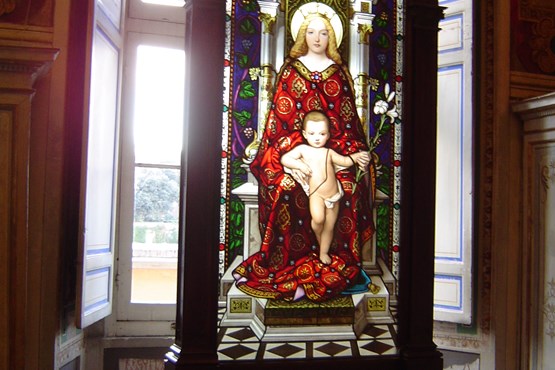
Interesting Facts About the Vatican Museums
The sculpture group of the Lacoon was the first “piece” of the museum. It depicts the priest (Lacoon) who tried to convince the citizens of Troy to not accept the famous wooden horse gifted by the Greeks, probably the best simulated peace offering of ancient times! The statue was found in the early XVI century in a vineyard. Pope Julius II was informed of the finding and sent the artist (and art expert) currently working in the Vatican to have a look at it. The artist happened to be Michelangelo, and he soon realized that the Lacoon was a valuable and unique piece.
When you visit the museums, you will walk through the Sala delle Carte Geografiche (The Map Gallery). Created in 1580 by the will of Pope Gregory XIII, the gallery is 120 meters long. The frescoes on the walls depict about 40 geographical maps of Italy, featuring even the smallest details of cities, streets, historical events, together with seas, rivers, mountains and even botanical information about the Peninsula. On the ceiling there are about 50 frescoes illustrating miracles and other extraordinary events that happened in Italy across the centuries.
The famous marble statue of the Apoxyomenos (a young athlete), was recovered in 1849 in a road called Vicolo delle Palme, in Rome. The finding was so sensational that the road changed its name into Vicolo dell’Atleta. In ancient Rome, there was a bronze copy of the statue, sitting in the Agrippa’s thermal complex. The Emperor Tiberio was so fond of it that he moved it into his private residence. But he had not considered that Romans loved the statue, too, and, after a heated debate with the citizens, he was forced to move it back to where it was. The statue is famous because it’s the first one crafted in “in the round” style, meaning that it can be fully appreciated only if you walk around it. Before, statues were designed with a “frontal” approach, a bit like paintings.
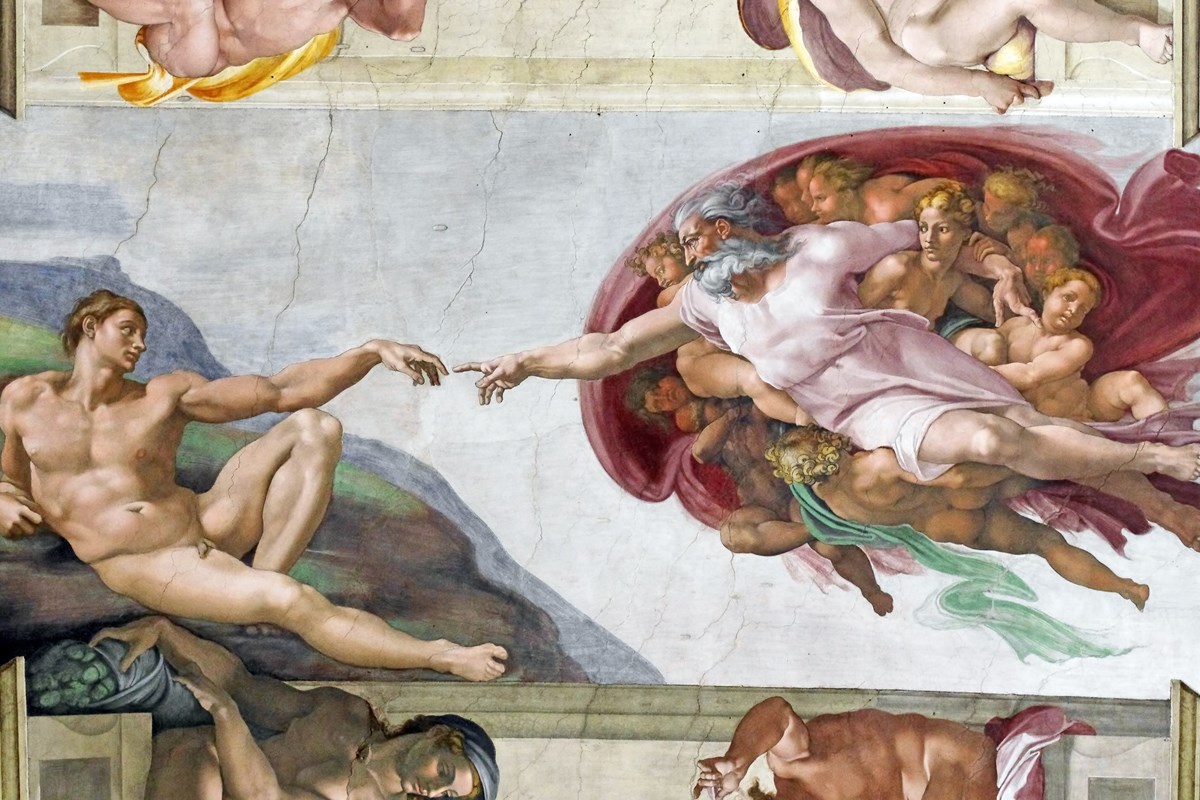
Raphael’s “School of Athens” fresco, in the Raffaello Rooms is not only an incredible masterpiece. Here, Raffaello depicted the biggest philosophers with the facial features of his contemporaries. Plato is Leonardo Da Vinci, Euclid is Bramante, and Heraclitus is Michelangelo, depicted with his boots, which he used to wear constantly.
The Last Judgment is one of the biggest frescoes of the Renaissance. Michelangelo painted a total of 300 hundred figures on the wall, including his “disturbing” self-portrait, in the form of his own skin after being flayed, and held by St. Bartholomew beneath Christ. According to some recent interpretations, this is due to the extreme sense of fatigue and struggle that Michelangelo was going through while painting the huge fresco.
The biggest painting on canvas of the museums is “The Battle of Vienna”, by Polish artist Jan Matejko, and it depicts the king of Poland, John the III, who frees Vienna from the Turkish siege in 1683. It was painted in 1883 and it measures 9 by 4.5 meters.
Together with many masterpieces of the ancient times and the Renaissance, the museum also features more recent artworks. One of them is the eye-catching helical staircase designed by Giuseppe Momo in 1932. Momo had been appointed by Pope Pio XI as the official architect of the Vatican. The famous architectural structure is formed by an intertwined double flight, resulting in a double helix.
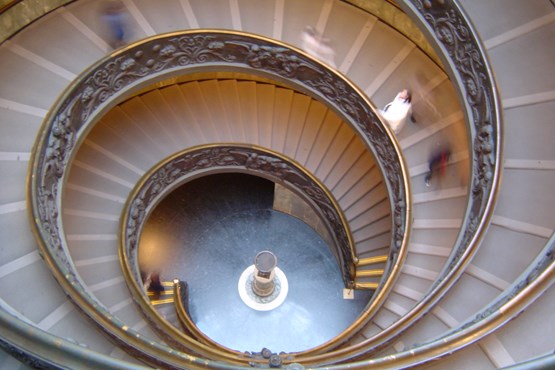
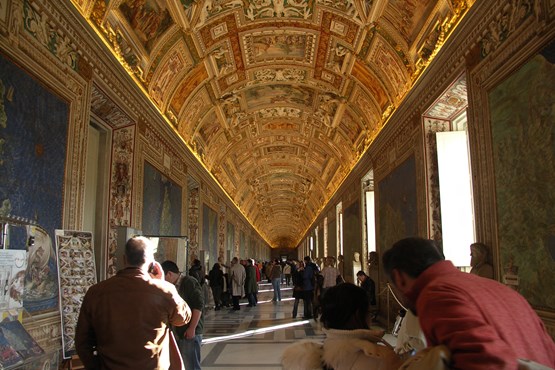
Important Visitor Information
The museums are closed on the following dates: January the 1st and the 6th, February the 11th, March the 19th, Easter Sunday and Easter Monday, May the 1st, June the 29th, August the 15th, November the 1st, December the 8th, 25th and 26th. The Museums are closed on Sundays, except on the last Sunday of the month.
Tourists and visitors can use cameras, but the use of flash and selfie sticks is strictly prohibited. The flashes can speed up the chemical reactions that cause deterioration of the artworks. However, in the Sistine Chapel, taking photographs by any means is strictly prohibited.
Touching any artwork inside the museums is also forbidden. There are automated monitoring devices that work in sync with the electronic alarm system, which are activated once an artifact is touched. Also, staff members oversee constant, manual monitoring.
As in any other church or sacred place, you are required to wear suitable clothing: sleeveless shirts, shorts and mini skirts are not allowed. No food or drinks can be brought inside, but you can leave them at the cloakroom service at the entrance. Inside the museums, there are various refreshment points and a cafeteria. The museums are family friendly: there is a nursery and elevators are available for strollers. When you enter the Sistine Chapel, you should turn off your phone and observe total silence. For security reasons, the Wi-Fi services are not available inside the museums’ premises.
COVID Update: From the beginning of May 2021, the Vatican Museums have officially reopened. Visits are only possible upon advance booking. During the visit, it is necessary to follow social distancing rules and to wear a face mask.
How To Get To the Vatican Museums
The entrance of the museums is on Viale Vaticano 6. Once you are inside, you’ll be in the Vatican State territory. You can arrive here with the subway, Linea A. You can either get off at the stop Ottaviano-Musei Vaticani or Cipro. Both stops are situated about a 10 to 15 minute walk from the museum’s entrance.
FAQ
What can I see in the Vatican Museums?
In the Vatican Museums you can see one of the largest collection of art masterpieces in the world, including countless shining examples of Renaissance art, Egyptian and Etruscan art treasures. The palaces and the halls are decorated with frescoes, mosaics, marbles and stuccos from the floors to the ceilings. You can also admire Raphael’s Rooms and Michelangelo’s Sistine Chapel.
How can you buy tickets for the Vatican Museums online?
You can buy tickets for the Vatican Museums online. There are several options to choose from, including convenient priority entrance passes, to avoid the long queue at the door.
Do I have to buy a separate ticket for the Sistine Chapel?
No, access to the Sistine Chapel is included in the ticket fee. Here, you can admire the some of the most famous frescoes by Michelangelo, including The Last Judgment and The Creation of Adam.
What is the dress code for the Vatican Museums?
Both men and women cannot wear shorts above the knee and sleeveless shirts. Women can’t wear low cut or see-through tops and skirts above the knee. Men are also required to take off their hats. The same dress code applies to the Vatican Basilica, the Pantheon and to all the other churches in Rome.
What are the opening times of the Vatican Museums?
From Monday to Thursday, the Vatical Museums are open from 8,30 am to 6,30 pm. Last admission is at 4,30 pm. Friday and Saturday: from 9,00 am to 10,30 pm, with last admission on 8,30 pm. On Sundays, the museums are closed. The Vatican Museums are closed on the following days: 1st and 6th January, 11th February, 19th March, Easter Sunday, Easter Monday, 29th June, 15th August, 1st November, 8th December, Christmas Day and Boxing Day.
Are the Vatican Museums wheelchair accessible?
Yes, the Vatican Museums are wheelchairs accessible. There are ramps and wheelchair lifts available for visitors. There are also elevators to access the upper floors.
Are the Vatican Museums suitable for children?
A visit to the Vatican Museums can be an extremely interesting and learning experience for your kids. To avoid the long queues at the door, we suggest buying your tickets in advance. Canned drinks and glass bottles are not allowed in the museums, but you can bring with you water or juice in a plastic or reusable bottle. Also, you can bring small packaged snacks and energy bars. Within the museum complex, there is also a cafeteria.
How long does it take to visit the Vatican Museums?
The Vatican Museums are very extensive, but definitely worth an in-depth visit, so we suggest that you take your time to discover and enjoy all the incredible artworks that are kept inside the rooms, halls and chapels. If you book a guided tour, it will probably take around 3 to 4 hours. If you decide to visit the museums by yourself, you can decide to follow a shorter route, which will take around 2 hours to complete.
